Here’s a list of the Most Invasive Plants that can pose trouble in your yard. If you See Them, Remove them Immediately.
Although the specimens on this list might look fine, they can take over your entire garden in no time. Here are the Most Invasive Plants you need to be careful about.
Do you want to know how to control invasive plants? Find out here
Most Invasive Plants
1. Kudzu

Kudzu is a common vine that you can spot throughout southeastern America though the perennial plant is native to Asia.
The United States Department of Agriculture states that this plant spreads up to 1,50,000 acres yearly while weed spreads by 2,500.
2. Giant Hogweed

Giant Hogweed is officially a noxious weed and is one of the most invasive plants. Its sap can also cause painful scarring, burns, and even blindness.
Learn about plants that cause blindness here
3. Barberry
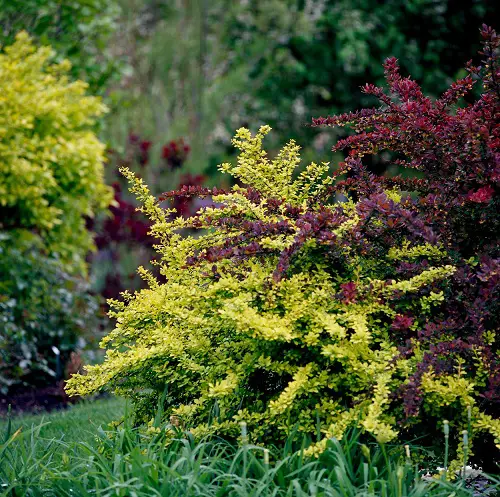
Barberry, both Japanese and Common, is one of the most common shrubs in many parts of America. It is not only invasive but also provides shelter to deer ticks that have the possibility of carrying Lyme disease.
Find out the best hedging plants here
4. Bittersweet
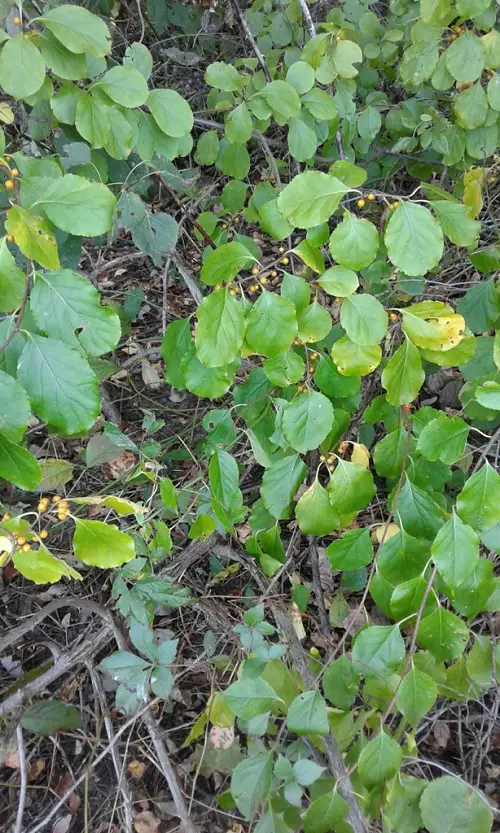
Bittersweet is a perennial, woody vine that produces beautiful berries during the colder months. It is believed to be invasive because it thwarts any thriving native plants.
5. Japanese Knotweed
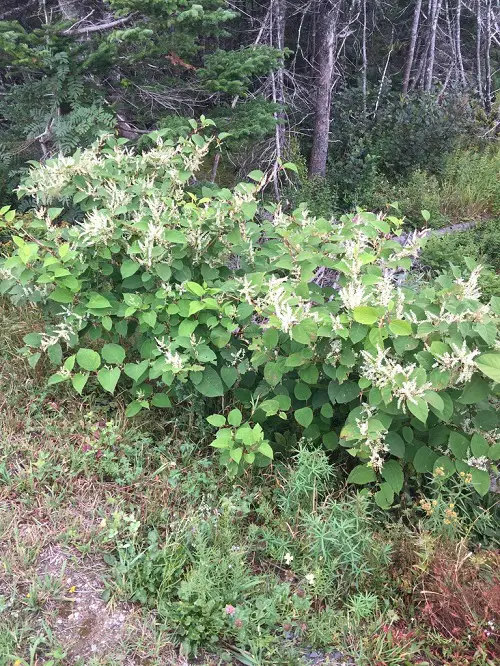
Japanese Knotweed was introduced to America in the late 1800s from East Asia and has been known for being troublesome. It can crowd quickly, spreads aggressively, and shades any native plants.
6. Common Buckthorn
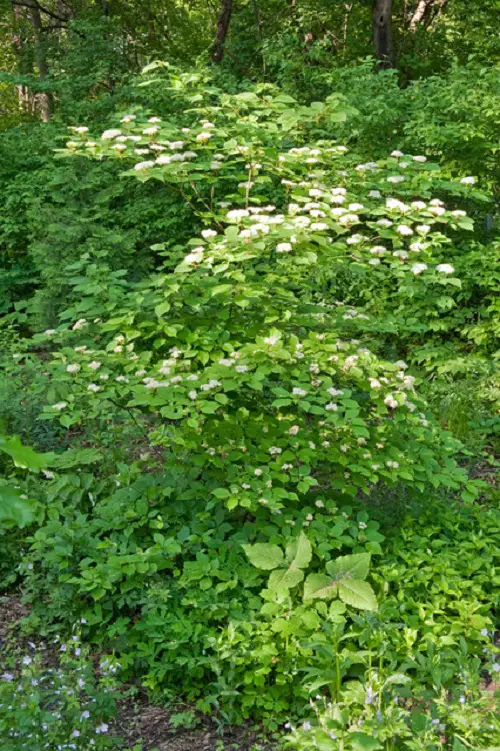
Common Buckthorn, like other invasive species, was introduced in the 19th century. It soon started to crowd out native plants, played host to several pests, and destroyed the soil it was planted in, which caused more trouble for other plants.
7. Purple Loosestrife

Purple Loosestrife is another beautiful yet invasive, hardy perennial plant. It can cause much harm to wetlands and the wildlife if allowed to grow unchecked.
8. Dame’s Rocket
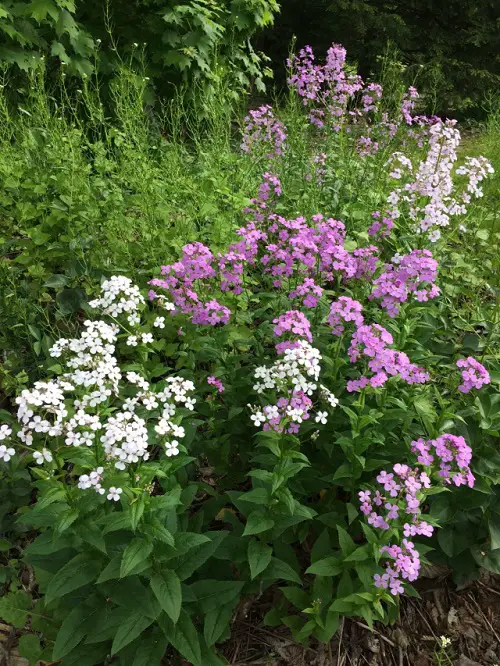
Dame’s Rocket can look stunning in any growing space with fragrant, pink, purple, or white blooms. However, it is an invasive plant and, regardless of its beauty, brings potential damage to the entire ecosystem.
9. Cogongrass
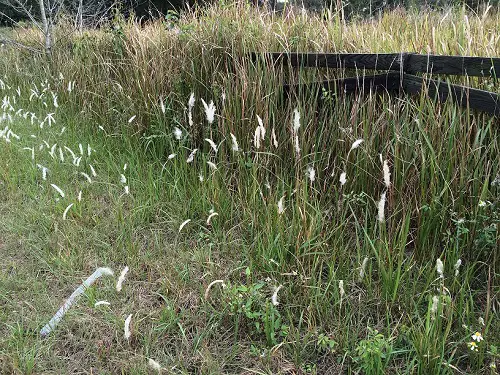
You can easily find Cogongrass at many garden centers and nurseries, but it is best not to buy it. According to the USDA, It is one of the most invasive weeds globally.
Do you know about the most deadly plants that can kill humans? Read here
10. Spotted Knapweed
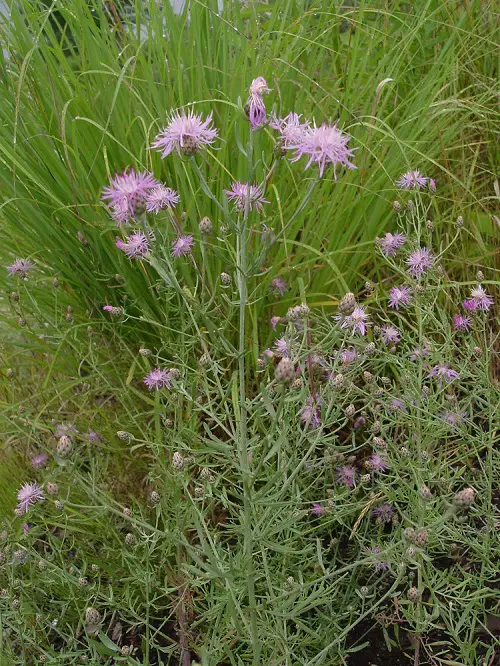
Spotted Knapweed is highly invasive and can be problematic in non-native areas. Unintentionally introduced from Europe, this Sunflower family member can quickly take over native species.
11. Canada Thistle
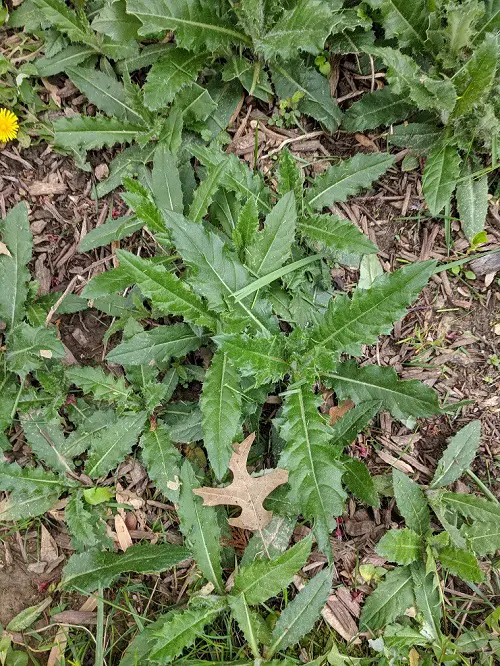
Canada Thistle is considered a serious invasive species that affect natural resources in 20 large national parks across the country.
It can attack various plants in fields, pastures, stream bans, and open forests.
12. Cheatgrass

Cheatgrass is an annual introduced to North America in the 19th century that is native to Eurasia and Africa. It is very invasive in nature and forms dense stands, and can outcompete native grass species.
13. Yellow Star-Thistle
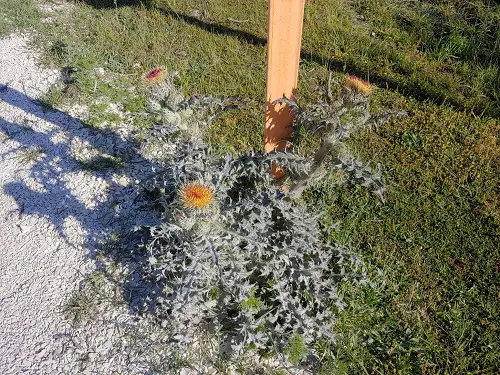
Yellow Star-Thistle is a seedy invasive herbaceous annual, and it causes trouble in abandoned fields, roadsides, waste places, and crops.
It causes negative forage quality and affects biodiversity.


